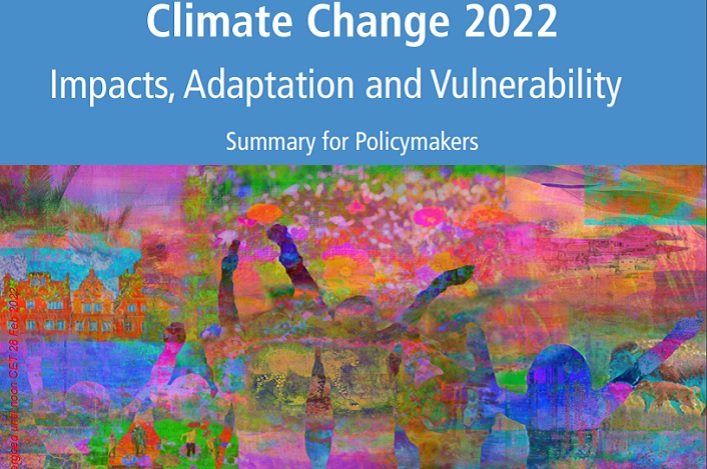
Climate change is already testing the limits of what human communities can survive, and if warming isn’t kept in check, some of the most crowded parts of the planet will become practically unlivable. The temperatures are already getting too hot, disasters are becoming too severe, and the costs of staying put are becoming unbearable for millions of people. And the greatest impacts are on those least able to cope.
These are some of the stark conclusions in the latest comprehensive assessment from the United Nations’ climate change research group, the Intergovernmental Panel on Climate Change (IPCC). The 3,600-page report published Monday focuses on the practical impacts of climate change, on humans and on nature. It follows the first installment of the assessment, released last August, that covered the basic science behind global warming.
“Today’s IPCC report is an atlas of human suffering and a damning indictment of failed climate leadership,” said UN Secretary-General Antonio Guterres during a press conference Monday.
Global average temperatures have already risen by 1.1 degrees Celsius, roughly 2 degrees Fahrenheit, leaving perilously little room for meeting the targets of the 2015 Paris climate agreement. The accord set a goal of limiting global warming to less than 2 degrees Celsius/3.6 degrees Farenheit compared to average temperatures before the industrial revolution in the 1800s. The agreement also set a more ambitious target of staying below 1.5°C/2.7°F.
Global warming has already raised global sea levels by 9 inches. It has left a distinct mark on extreme weather too, worsening heat waves, storm surges, and rainfall. Scientists can even quantify how much human-linked emissions of heat-trapping gases have made these events worse.
That means regardless of how much greenhouse gas emissions come down, a certain amount of warming is here to stay. “Near-term actions that limit global warming to close to 1.5°C would substantially reduce projected losses and damages related to climate change in human systems and ecosystems, compared to higher warming levels, but cannot eliminate them all,” according to the new report.
Around 3.5 billion people around the world already have no choice but to adapt to the warming that’s underway because they live in vulnerable hotspots, said Debra Roberts, co-chair of the team that produced the report, during a press conference.
Adaptation might entail building seawalls, planting different types of crops and trees, and improving governance. But these and other efforts are already proving to be a challenge, and some of those boundaries are already being surpassed. “Adaptation cannot prevent all losses and damages,” Roberts said. “Even with effective adaptation, limits will be reached with higher levels of warming.” And if people fail to adapt, much more suffering is in store.
We’re already hitting the “hard” limits of what we can adapt to
IPCC reports generally don’t reveal new information but summarize and evaluate the strength of existing research. Since the last major IPCC report was released in 2013, the IPCC has developed a much better read of how warming will play out for the planet.
The new report defines two categories of limits to adaptation. “Soft” adaptation limits are scenarios where there may be options to cope with the impacts of climate change, but aren’t available due to cost or technological limitations. “Hard” limits are those where physical changes are so drastic that there is no way to reduce risks.
Read the full article on VOX
